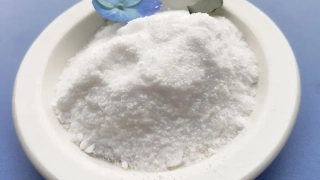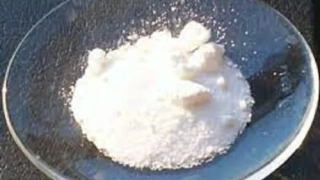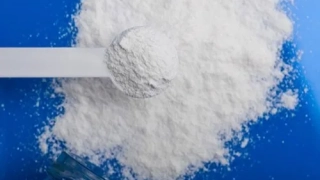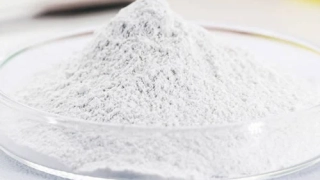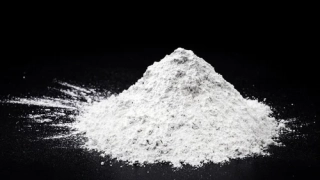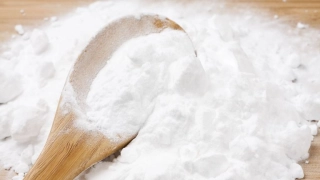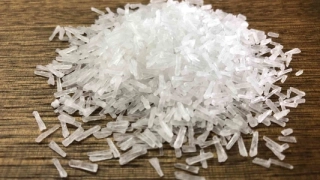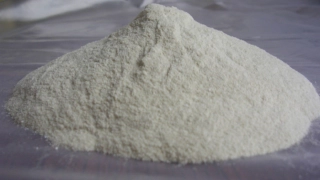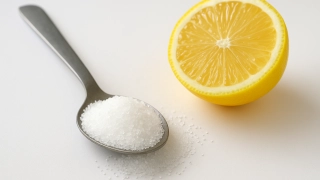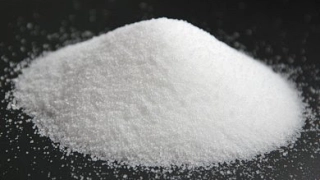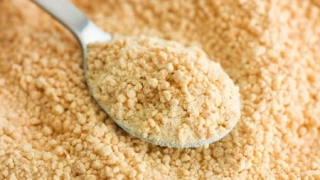Sodium Benzoate (E211): Taste Profile, Aroma, Benefits and Health Risks
Sodium benzoate (E211) is a widely used food preservative that inhibits the growth of bacteria, yeast, and mold. It is the sodium salt of benzoic acid and is valued for its effectiveness in acidic foods and beverages. Sodium benzoate helps extend shelf life and maintain product safety in a variety of processed foods and drinks.
Sodium benzoate is generally recognized as safe at permitted concentrations, but some individuals may experience mild sensitivity. Rare cases of allergic-type reactions (such as urticaria or asthma exacerbation) have been reported, especially in sensitive individuals and children.
What does Sodium Benzoate (E211) taste like?
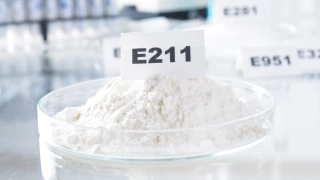
Complete Sensory Description:
-
Taste: At typical concentrations, sodium benzoate imparts a very mild, slightly salty, and sometimes astringent note. In higher amounts, it may produce a faint, medicinal aftertaste, but is generally considered neutral in flavor when properly dosed.
-
Aroma: Sodium benzoate is essentially odorless in pure form and in finished products.
-
Texture: In its crystalline or powdered form, sodium benzoate dissolves easily in liquids and does not influence the texture of food or drink.
-
Appearance: It appears as a white, crystalline powder or granules. When used in food and beverages, it is completely dissolved and invisible to the consumer.
In-depth Flavor Analysis:
Sodium benzoate itself does not contribute to the characteristic flavor profile of foods but can influence the taste experience at higher concentrations, where a slightly bitter or medicinal note may emerge. The compound functions primarily as an antimicrobial agent, effective at acidic pH (below 4.5), where it inhibits the growth of spoilage organisms without imparting notable taste or aroma. Its impact on sensory properties is minimal in properly formulated foods but can become detectable if overused or if pH conditions are not optimal.
Varieties and Culinary Applications:
Sodium benzoate is used in a wide array of acidic foods and beverages, including soft drinks, fruit juices, pickles, salad dressings, jams, and condiments. It is often combined with other preservatives (like potassium sorbate or citric acid) to achieve broader antimicrobial protection. In home canning and food preservation, it is occasionally used, though less commonly than in industrial applications.
Selection and Storage:
Food-grade sodium benzoate is available as a white crystalline powder, typically sold in sealed, moisture-proof packaging. It should be stored in a cool, dry place, away from direct sunlight and humidity. The compound is stable under normal conditions and retains its preservative properties for extended periods.
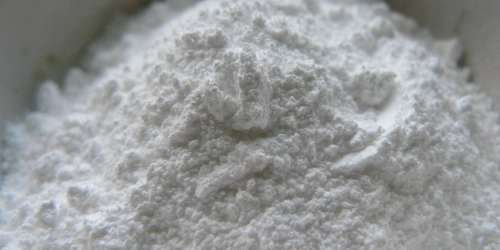
Nutritional Insights:
Sodium benzoate does not contribute calories, vitamins, or minerals to the diet. Its primary function is to maintain food safety and freshness rather than provide nutrition. For most people, dietary intake remains well below established safety limits. However, excessive consumption of processed foods containing sodium benzoate may contribute to total sodium intake.
Expert Insights & Culinary Tips:
Food technologists recommend careful formulation when using sodium benzoate, as excessive amounts can affect taste. It is most effective in acidic foods, and its preservative effect diminishes in neutral or alkaline conditions. Chefs rarely use it directly in traditional cooking but may encounter it in commercial ingredients.
Interesting and Curious Facts:
Sodium benzoate was one of the first chemical preservatives approved for use in foods and beverages. Its safety and effectiveness have been extensively studied. While it is generally safe, controversy has arisen due to potential formation of benzene (a carcinogen) when combined with ascorbic acid (vitamin C) under certain conditions in beverages; however, modern formulations minimize this risk.
Harm and Dietary Considerations:
For most people, sodium benzoate poses minimal risk when consumed within regulatory limits. Rarely, it may cause hypersensitivity reactions, particularly in asthmatic or sensitive individuals. There is ongoing scientific debate regarding its possible association with hyperactivity in children when combined with certain food colorings. Excessive intake should be avoided, and foods with high sodium benzoate content should be consumed in moderation, especially by children and individuals with known sensitivities.
Religious Dietary Considerations:
Sodium benzoate is considered permissible under Halal, Kosher, and Hindu dietary laws, as it is synthesized chemically and does not contain animal-derived substances.
Final Thoughts & Sensory Journey:
Sodium benzoate (E211) quietly preserves freshness in acidic foods and drinks, ensuring safety without overwhelming natural flavors—an invisible guardian of shelf life.
Resources:
-
Branen, A. L., Davidson, P. M., & Salminen, S. (2001). Food Additives (2nd Edition). Marcel Dekker.
-
Chipley, J. R. (2005). Sodium benzoate and benzoic acid. In Antimicrobials in Food (3rd Edition). CRC Press.
-
Belitz, H.-D., Grosch, W., & Schieberle, P. (2009). Food Chemistry (4th Edition). Springer.
